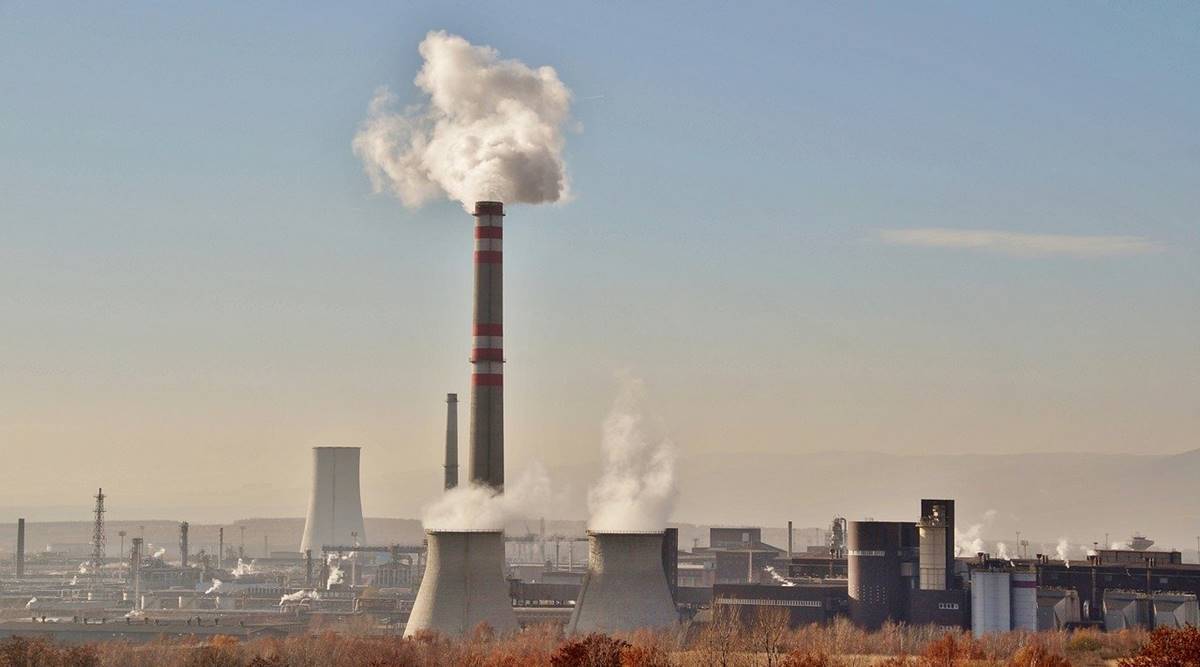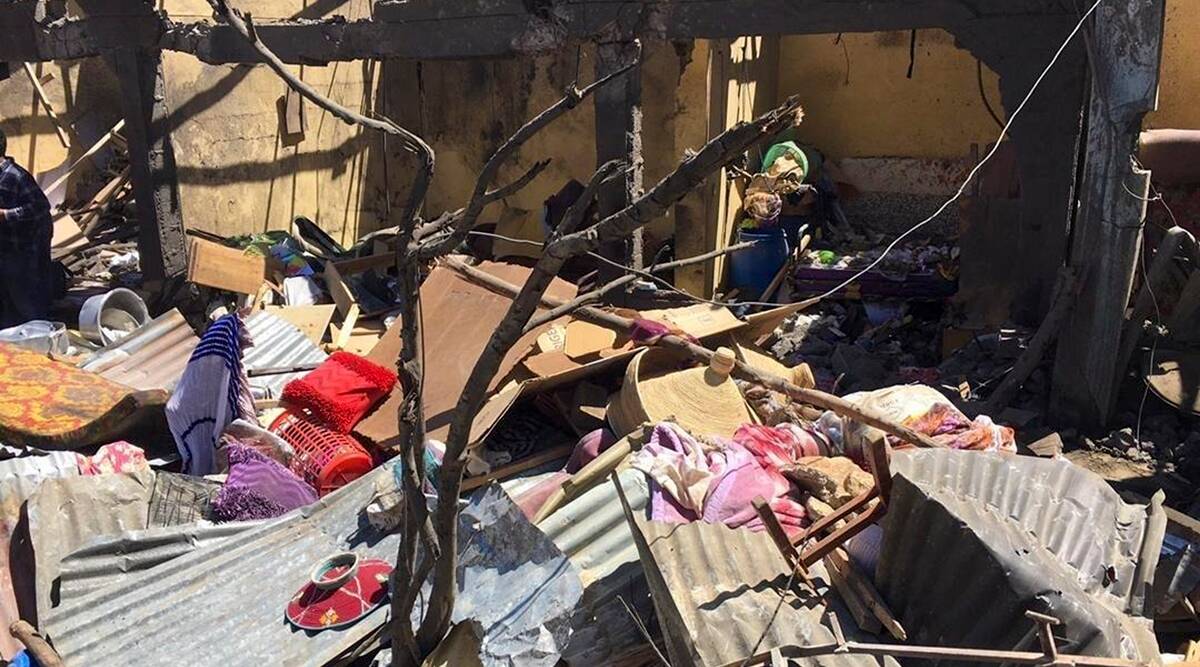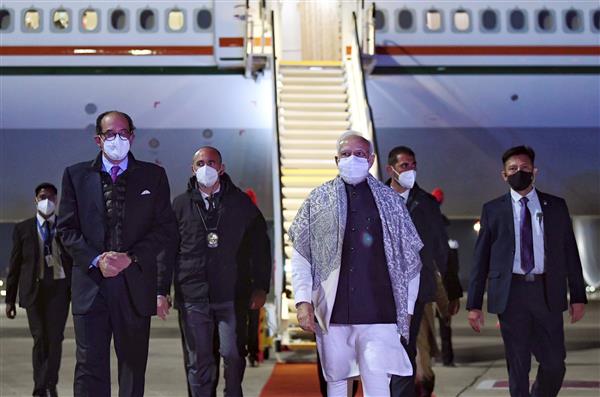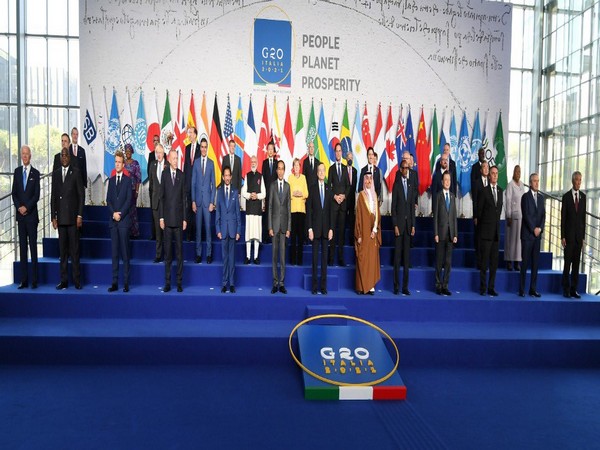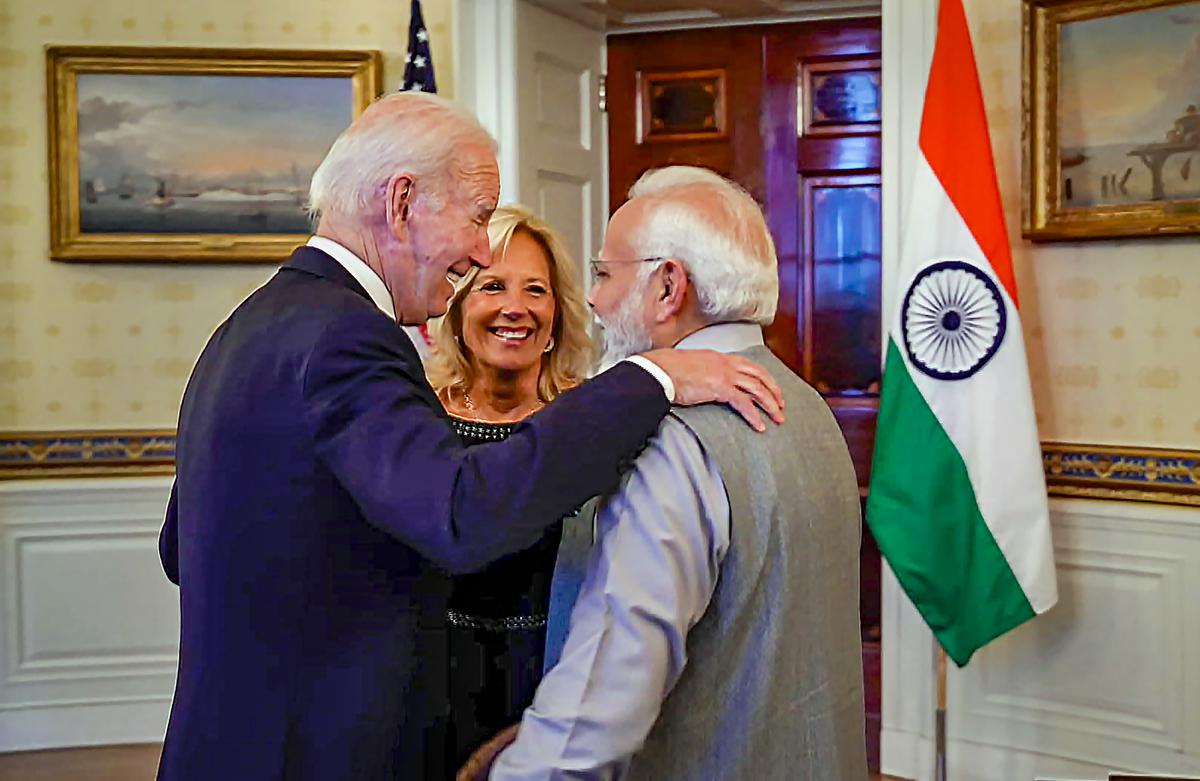
06/23/2023
Washington, June 23:Sealing a key deliverable during Prime Minister Narendra Modi’s state visit to Washington DC, the United States (US) administration has completed the executive approvals for the manufacture of F414 jet engines in India. Besides the Memorandum of Understanding between General Electric (GE) and Hindustan Aeronautics Limited (HAL) jet engine, there are major technological collaborations which are marked as the most advanced cooperation between the two countries. These advanced technologies have the scope to redefine the next-generation industrial and economic growth besides the security challenges.
Micron Technology with support from the India Semiconductor Mission – will invest more than $800 million toward a new $2.75 billion semiconductor assembly and test facility in India. Applied Materials has announced it will build a Semiconductor Centre for Commercialization and Innovation in India to further strengthen our nations’ semiconductor supply chain diversification.
Along, Lam Research will train 60,000 Indian engineers through its “Semiverse Solution” to accelerate India’s semiconductor education and workforce development goals.
In the overall scope of semiconductor industry, the U.S. Semiconductor Industry Association and India Electronics Semiconductor Association released an interim readiness assessment to identify near-term industry opportunities and facilitate the long-term strategic development of complementary semiconductor ecosystems.
The US and India forged the Minerals Security Partnership (MSP), to accelerate the development of diverse and sustainable critical energy minerals supply chains globally through targeted financial and diplomatic support of strategic projects along the value chain.
On this, India will join 12 other partner countries, plus the European Union, in advancing common objectives of diversifying and securing our critical mineral supply chains.
According to the statement from the US government, the MSP was started in June 2022 with the expressed goals of exchanging information on critical mineral sector opportunities to enable diversified private sector investment and catalyze public sector financing.
India’s Epsilon Carbon will be investing $650 million in a greenfield electric vehicle battery component factory, hiring over 500 employees over the course of five years. Once it is approved, this synthetic graphite anode processing facility will be the largest Indian investment in the U.S. electric vehicle battery industry in American history.
India and the US also launched public-private Joint Task Forces, one on the development and deployment of Open RAN systems and one on advanced telecoms research and development.
Building on this, India’s Bharat 6G and the U.S. Next G Alliance will co-lead this public-private research. This work will result in reducing costs, increase security, and improve resiliency of telecommunication networks.
With financing from the U.S. International Development Finance Corporation, and in partnership with USAID, India and the US are also collaborating to launch Open RAN deployments in both countries to enhance the scalability of this technology and its competitiveness in international markets.
In the area of space technology, India has signed the Artemis Accords, which advance a common vision of space exploration.
On this, India joins 26 other countries committed to peaceful, sustainable, and transparent cooperation that will enable exploration of the Moon, Mars, and beyond. NASA will provide advanced training to Indian Space Research Organization (ISRO) astronauts with the goal of launching a joint effort to the International Space Station in 2024.
Besides, NASA and the ISRO are developing a strategic framework for human spaceflight cooperation by the end of 2023.
India approved a $318 million investment to construct a Laser Interferometer Gravitational-Wave Observatory in India—that will work in tandem with similar facilities in the US, Europe, and Japan to look for ripples in space-time, known as gravitational waves, that provide insights into the physical origins of the universe.
In a series of agreements, scientific payloads for the NASA-ISRO Synthetic Aperture Radar (NISAR) have been delivered to India and will be launched in 2024.
The NISAR will measure Earth’s changing ecosystems like natural hazards and sea level rise.
Further in the joint cooperation in space, the US Geological Survey and ISRO are negotiating expanded bilateral data exchange that will enable greater insight about the earth, including for a range of applications, such as climate resiliency, sustainable development and management of natural resources, and disaster management support.
India and the US have established a Joint Indo-U.S. Quantum Coordination Mechanism to facilitate joint research between the public and private sectors across both our countries. The US has also endorsed India’s participation in both the Quantum Entanglement Exchange and the Quantum Economic Development Consortium, which facilitates exchanges on quantum between nations.
In addition, India and the US signed an implanting arrangement to further support joint research on quantum, Artificial Intelligence (AI), and advanced wireless technologies.
The arrangements are based upon the U.S.-India Science and Technology Endowment Fund’s $2 million grant for the joint development and commercialization of AI and quantum technologies.
Through its AI Research Center in Bengaluru, Google is building models to support over 100 Indian languages, and working with the Indian Institute of Science to support open sourcing of speech data for AI models. It has also partnered with IIT Madras to establish a multidisciplinary Center for Responsible AI.
Overall, the U.S. National Science Foundation announced 35 joint research collaborations with the Indian Department of Science and Technology and also signed a new cooperative arrangement with the Indian Ministry of Electronics and Information Technology on emerging technologies. India’s Department of Atomic Energy (DAE) is making a $140 million in-kind contribution to the U.S. Department of Energy’s (DOE’s) Fermi National Laboratory toward collaborative development of the Proton Improvement Plan-II Accelerator, for the Long Baseline Neutrino Facility – the first and largest international research facility on U.S. soil.
A new Defence industrial cooperation roadmap will provide policy direction to Defence industries to enable and accelerate the co-production of advanced Defence systems as well as collaborative research, testing, and prototyping of the technologies that will determine the future of military power.
The United States Navy has concluded a Master Ship Repair Agreement (MSRA) with Larsen and Toubro Shipyard in Kattupalli (Chennai) and is finalizing agreements with Indian defence public sector entities — Mazagon Dock Limited and Goa Shipyard.
According to the sources from the US government, these agreements will allow mid-voyage U.S. Navy ships to undergo service and repair at Indian shipyards, facilitating cost-effective and time-saving sustainment activites for U.S. military operations across multiple theatres.
As part of the Defence Industrial Cooperation Roadmap, the US and India advanced steps to operationalize tools that will allow us to increase our defence cooperation. The United States and India resolved to strengthen undersea domain awareness cooperation.
The agreement to place three Indian liaison officers in U.S. commands for the first time– deepening our partnership and critical information sharing. The United States and India have also commenced negotiations for a Security of Supply Arrangement and Reciprocal Defence Procurement Arrangement that will enable the supply of Defence goods in the event of unanticipated supply chain disruptions. T
The US and India finalized a Defence Industrial Cooperation Roadmap that provides policy direction to Defence industries and enables co-production of advanced Defence systems as well as collaborative research, testing, and prototyping of the technologies that will determine the future of military power.-Agencies

